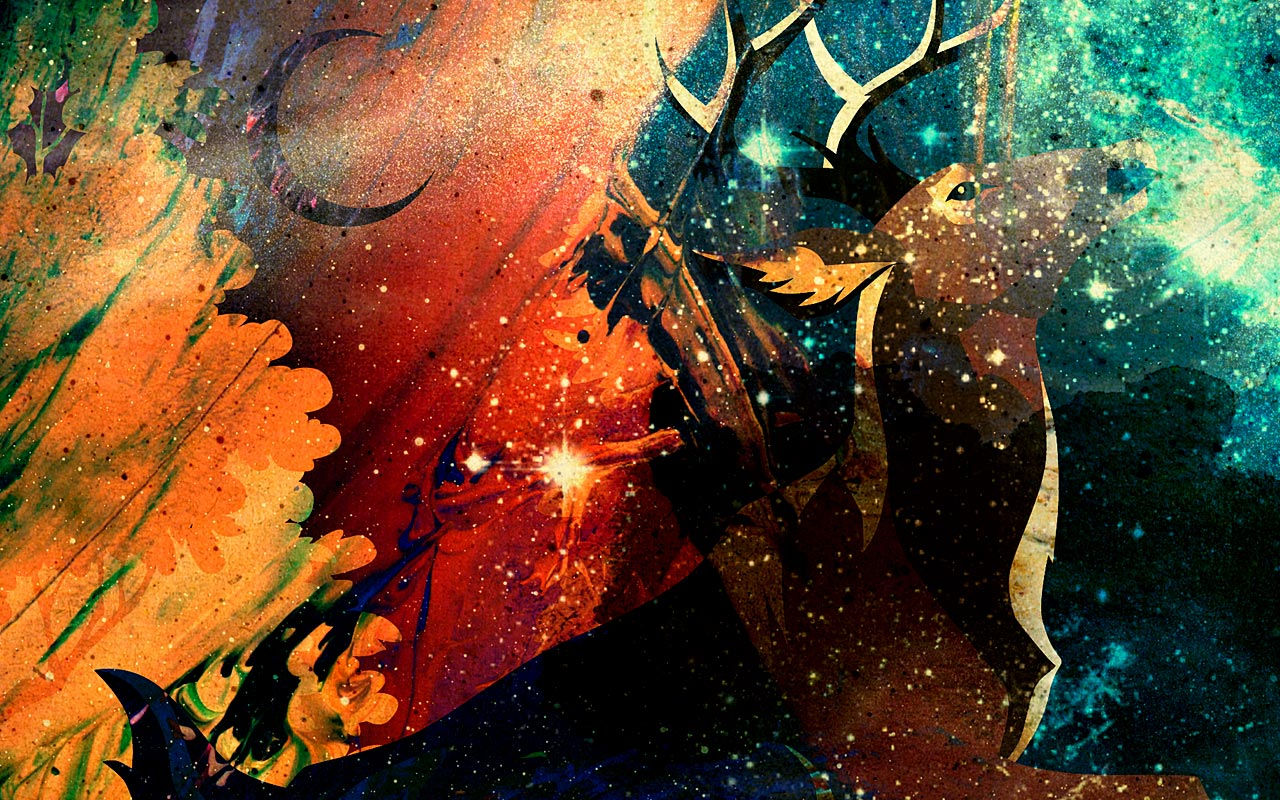
MAKING MODERN ART MODERN
Looking at modern art is probably most confusing because it does not immediately suggest what we logically assume when we think of art. The things we expect to see when we look at art are probably trained by early exposure to and explanations of classical art. Renaissance-era artists like Michelangelo produced work that the human brain could easily interpret as natural. The ability of representational art to mirror the likeness of what we see is likely what allows us to see the true talent and mastery behind any given artist’s ability without necessarily understanding the basis of that talent.
Characterizing modernity in terms of the temporal nature of the art is probably one of the first identifiers that people use to tag a mental notion of what makes modern art…modern. If we were to pick the most simplistic characterization for modern art, it would be that modern art is modern because it’s happening now, or at the very least has happened in recent years. For instance, Pop Art, which is a pretty identifiable era even for those of us without a wealth of artistic knowledge (think Andy Warhol and his ever-so-famous Campbell’s soup cans), is recognizably modern to most people because it was associated with a fairly recent time in American history. Contemporary performance art is modern because we can walk by it on the street or see it happening in a crowded mall, and there’s nothing more modern than the present moment.

Jacques Louis David, 1786

Claude Monet, 1872 The namesake for the Impressionist period of art.

Andy Warhol, 1962
One of the other most significant identifiers then, would be the modern techniques that characterize nearly every artistic period from Impressionism to present day movements. These techniques, which seem experimental and confusing at best to the untrained eye, present another problem to the larger community. As the techniques, such as broad, visible brushstrokes and unexpected color palettes, stray further away from the representational, it becomes more and more difficult for the human brain to understand the kind of work that goes into the creation of a master work of modern art. When I first began studying art, I was floored by the classical techniques that produced translucent skin, perfectly constructed facial features, and some of the most accurate visual representations of fabrics like silk and velvet that I had ever seen (see the above left David painting). Viewing paintings with these qualities is easier for us to process, because we never for a moment would endeavor to mistake those abilities as being in our kindergarteners’ wheelhouses of artistic talent.
Then as the 19th century progressed, bringing along with it the Impressionists and Post-Impressionists, there come the inevitable jokes about Claude Monet’s eyesight – as Morty Seinfeld once said, Monet would have to be nearsighted to paint like that. Monet’s role in the Impressionist movement was significant, as his 1872 work Impression Sunrise (above middle) was the namesake for this era in art history. The modern movements from Impressionism through Expressionism were generally driven by the same notion, that representational art was not as expressly linked to the artists’ inner conscious as true art should be. That’s not to say that representational art can’t be considered true art – what makes these movements so special is that their existence doesn’t diminish the genius of whatever art preceded it. From Cubism to Dada to Pop Art, each movement represents its own version of creative rebellion that ushers in with it a new perspective (often quite literally…). So much of the creative world is dependent on the idea that standing still within a certain movement is synonymous with moving backwards, and these various rebellions against the norms and traditions are what keep us moving forward, not only as creators and observers, but as an entire cohesive society.